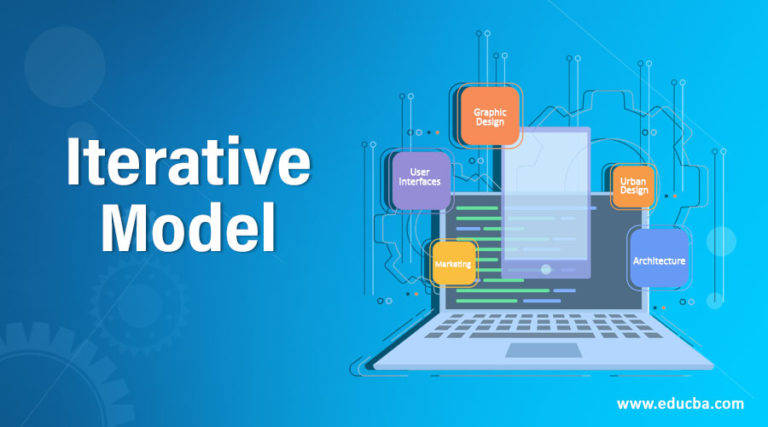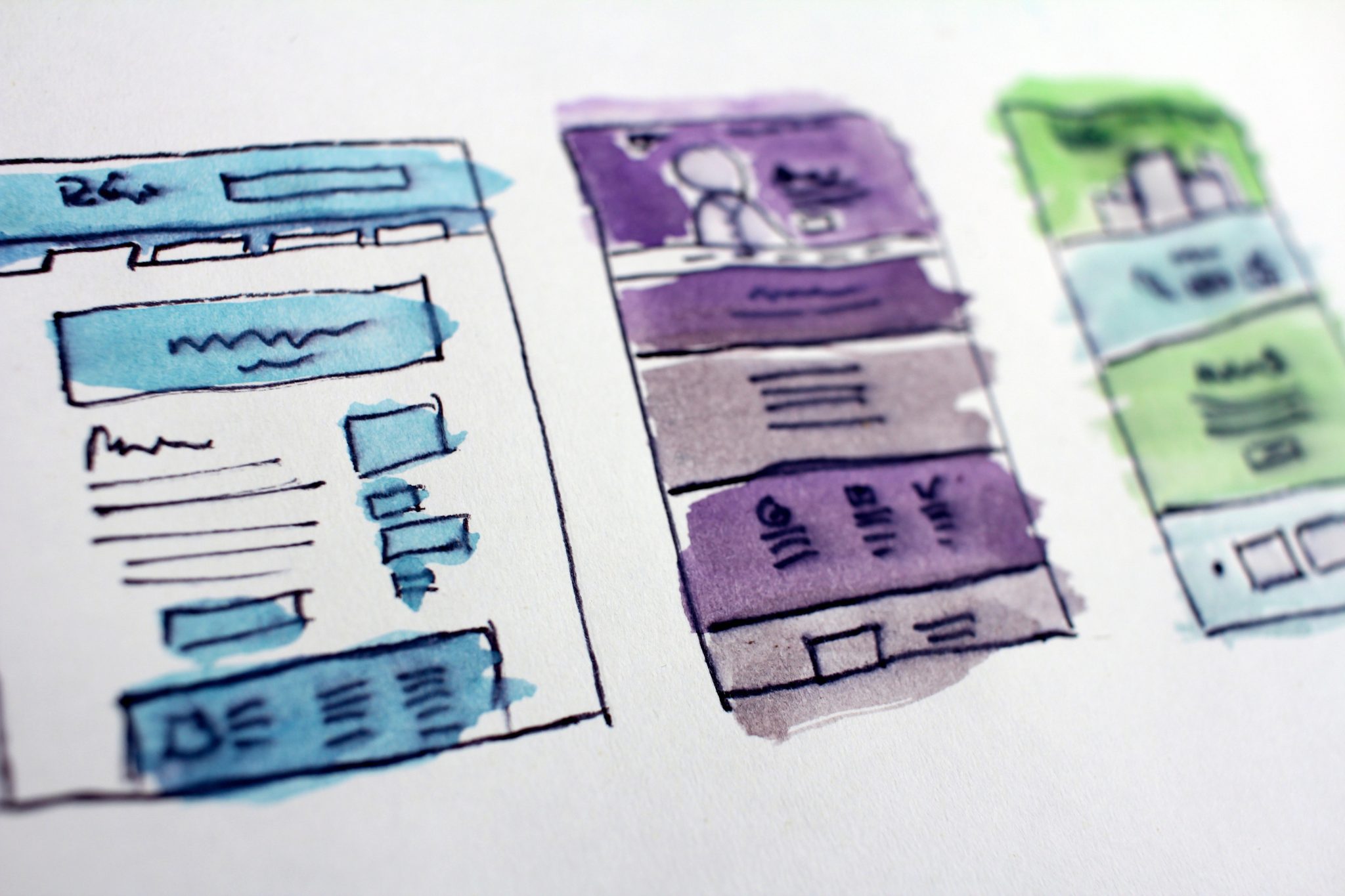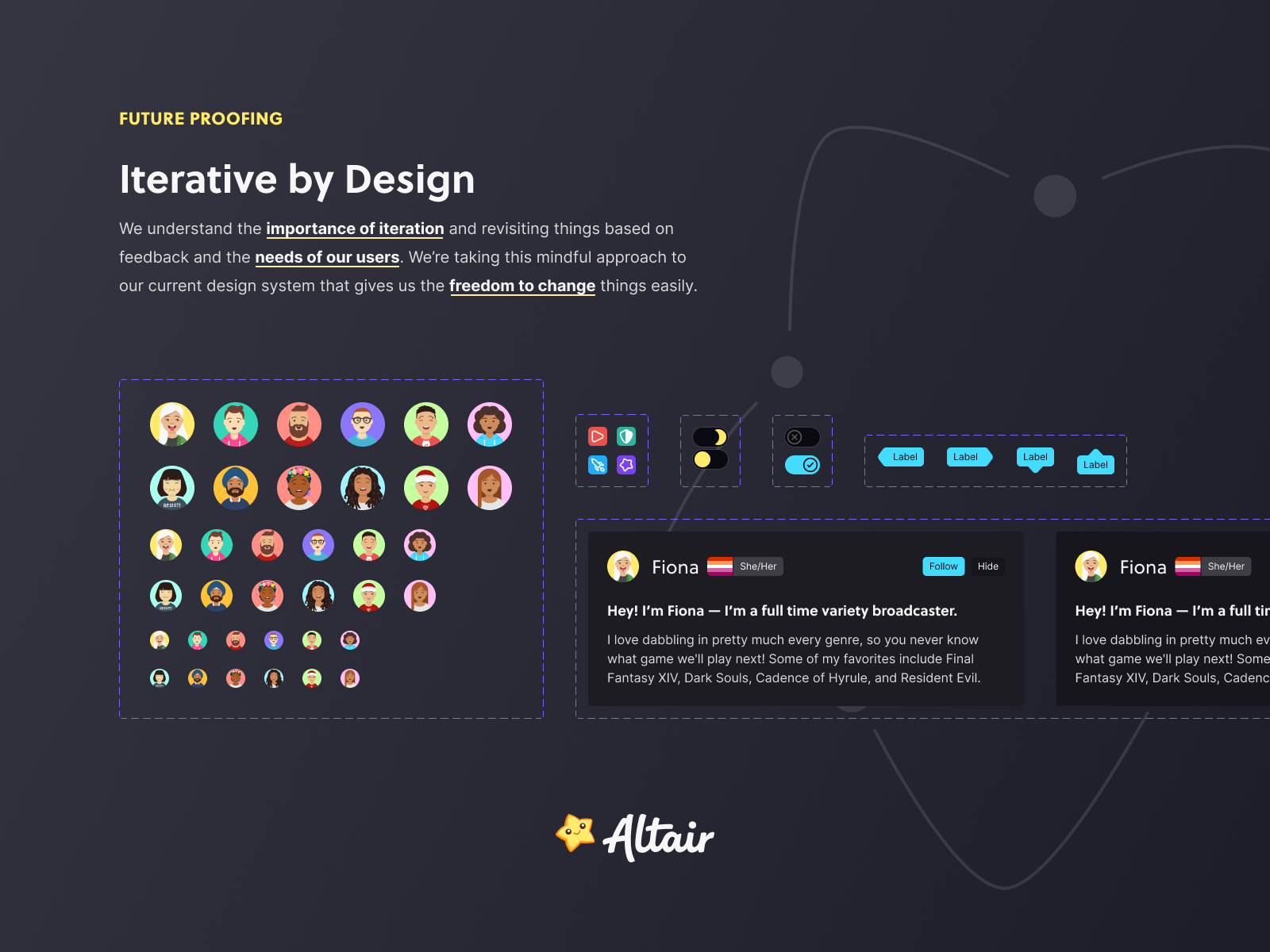The iterative process: Definition, steps, and overview for agile teams LogRocket Blog
Table Of Content

In the iterative model, development starts with a small set of requirements for a small section of the project, rather than a complete list for the entire project. The team designs, develops, tests, and refines the code in repeated cycles. They can add more features in subsequent cycles until the complete software application is ready to go to market.
Involve End-Users Throughout the Process
After you complete construction, you review the structure for safety and maintain it. The plan is fully mapped out at the beginning of the project, and most changes are costly, either in time or money. The iterative process model is a cyclical process in which you make and test incremental adjustments. It is popular in technology, engineering, software development, design, qualitative research, project management, and other industries. In the 1970s, IBM began using the iterative model in computer system design.
Design Systems & DesignOps in the Enterprise

Human-Centered Design (HCD) is an approach to design that emphasizes creating solutions that address people's unique needs and abilities. It involves understanding the community's challenges, learning from them, and collaborating to develop solutions that effectively tackle their particular issues. To collect and analyze data effectively, engineering project managers can use a range of tools and techniques. These may include surveys, interviews, analytics software, and usability testing.
Player-Centered Design: Moving Beyond User-Centered Design for Gamification
It is often desirable to have a single measure of overall usability of a user interface. Typically, interface designers can choose between several alternative solutions for various design issues and would like to know how each alternative impacts the overall usability of the resulting system. As another example, a company wanting to choose a single spreadsheet as its corporate standard would need to know which of the many available spreadsheets was the most usable. In both examples, usability would then need to be traded off against other considerations such as implementation time for the design alternatives and purchase price for the spreadsheets. You need to set robust goals to achieve within a short time range and you need to impress customers with prototype’s of features. Testing methods can differ according to the features you deliver and your company policies.
How to Succeed as a Designer on Agile Teams: Embrace Imperfection
Iterative development relies on a series of repetitive or cyclical loops in which you revise and improve a product based on feedback from users and stakeholders. While the term can be used interchangeably with incremental development, there’s a fine difference. The iterative process involves a continuous cycle of planning, analysis, implementation, and evaluation.
Create more usable products.
Changes, technical challenges, and new requirements emerge along the way that impact the final product. Iterative development delivers unfinished versions of a product as a whole. Each cycle produces a new version of the software until the best possible product is built. While traditional development and iterative development divide the process into manageable sections, they have contrasting approaches.
Apple Watch Series 7 Displays the Strengths of Iterative Design - Design Milk
Apple Watch Series 7 Displays the Strengths of Iterative Design.
Posted: Wed, 03 Nov 2021 07:00:00 GMT [source]
Companies must innovate to survive and remain competitive in a rapidly changing environment. In design thinking, cross-functional teams work together to understand user needs and create solutions that address those needs. Based on the feedback from testers, the development team reorganizes the scope of the project, prioritizing crucial features and those that need to be changed from the first iteration. Test participants provide feedback about the software's performance and areas that should be improved. This step provides valuable insight into flaws or bugs that must be fixed immediately so they don't impact the final development of the product. The development team reviews all feedback to begin planning future iterations.
The design team will create a set of guidelines to guide testing requirements. Various tests (such as performance, stress, security, requirements, etc.) are then conducted to evaluate the results and identify errors. Stakeholders and end users may be included in this phase to gather additional insight.
Learn whether a product solves real user problems.
A breadboard is a useful way of implementing the electronic circuit on an interim basis, without having to worry about space and weight. As technology and user expectations continue to evolve, engineering project managers must embrace iterative design as a way to adapt, innovate, and deliver increasingly complex and sophisticated products. Iterative design enables project managers to address new challenges and opportunities more effectively, ensuring that their products remain competitive and relevant in a constantly changing market. A Minimal Viable Product (MVP) is a version of a product with just enough features to satisfy early users and gather feedback for future development. It is crucial in iterative design because it allows engineers to test their assumptions and learn from users’ experiences with minimal investment.
If you’re managing a team of designers, it’s important to promote an environment of open and regular communication. It’s also helpful to invest in tools that help you work collaboratively as a team, both in communication and in sharing work. It should be quick, easy, and cheap to create — even a sketch of a wireframe will do.
Furthermore, an important metric was the number of times the users requested help from a supervisor while performing the task. The values measured for these usability metrics for each of the five versions of the system are shown in Table 5. Figure 1 shows a conceptual graph of the relation between design iterations and interface usability. Ideally, each iteration would be better than the previous version, but as shown later in this article, this is not always true in practice. Some changes in an interface may turn out not to be improvements after all.

A couple of days ago I went to buy furniture from Ikea and the salesperson drew a prototype of the product I imagined within a minute. I shared information about my room and he updated the prototype until we created the perfect match. By now, we hopefully have your attention and you want to implement an iterative approach in your design operations. Systems thinking has applications in various fields, such as medical, environmental, political, economic, human resources, and educational systems. Download print-ready templates you can share with your team to practice design thinking today. Design consultancy IDEO’s designkit is an excellent repository of design thinking tools and case studies.
This expedites the testing and refining process, ensuring that time and resources are used efficiently. Rapid prototyping enables project managers to identify potential issues and make necessary adjustments earlier in the development cycle, thus reducing risks and costs. Iterative design allows teams to create innovative, successful products through a cycle of ongoing improvement[1].
In some cases, product managers have a lack of information and data to provide a full flow. The PM and the team can provide a prototype to gauge customer reactions and usage data. While the product is in the development phase, you will have a chance to reshape your product and launch with better results. Even if everything goes perfectly, you can see that the feature isn’t to customers expectations.
First, to span the entire user experience, you must involve the users for evaluation. Generally, each iteration of the UCD approach involves four distinct phases. First, as designers working in teams, we try to understand the context in which users may use a system.
By concentrating on high-impact improvements, project managers can maximize the return on investment and control costs. Project managers should also assess the prototype’s performance against the project’s goals and objectives. This may involve collecting quantitative data, such as performance metrics, or qualitative feedback from users and team members.
Comments
Post a Comment